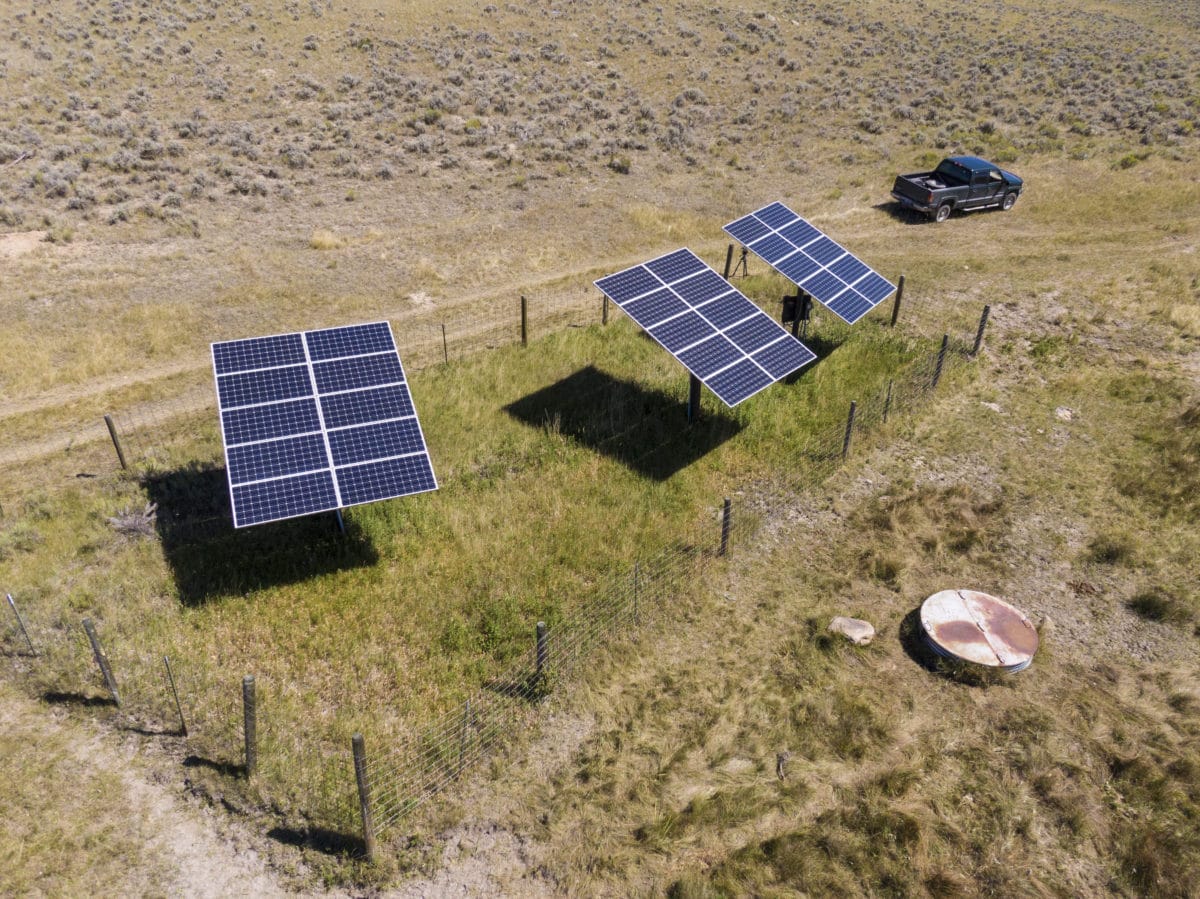A group of scientists from Russia's Federal Scientific Agroengineering Center VIM (FSAC VIM) has provided a retrospective analysis of the most important research conducted on photovoltaic water pumping systems (PVWPS) over the past 55 years and has analyzed the most relevant issues and opportunities in their development, operation, and optimization.
“The [use of] PVWPS is an attractive alternative for irrigation and drinking-water supply in urban and rural regions of the countries [with] huge … solar energy [potential], where a considerable part of rural population lives in remote areas, such as India, China, other countries of Asia and Africa, in sunny, under-populated and mountainous areas of Russia, and other countries,” the researchers stated. “Unlike conventional water pumps, correctly-designed and sized PVWPS are capable [of providing] essential long-term savings.”
The scientists stressed how most of the technological advances achieved for solar water pumps were achieved in the last decades of the past century and these were mainly improvements in the photovoltaic array structure, the interconnection of the solar modules, the interaction of the photovoltaic array with the electric motor, and that of the electric motor with the pump. Furthermore, strategies for consumption optimization and control improvement, through maximum power point tracking (MPPT), were also implemented.
In the past and current decade, most of the studies were devoted to applying PVWPS' in different countries or dealt with problems of practical use of solar energy for irrigation. “The advantages of solar energy application in water supply systems for irrigation are associated with the seasonal correlation between the annual maximum of solar energy [supply] and that of water demand characterized by low probability of cloudy weather, during [the] spring-summer period,” the Russian group explained.
Popular content
Future research, according to the academics, should focus on further cost reductions, extending the life cycle of the devices, improving their components, and expanding the reach of their applications. “One of the prospective lines of PVWPS improvement and upgrading is to include them in the system of end-user consumption equipment and assess the system efficiency not at the pump output, and not [at] the point of end consumption equipment, but after the water consumption,” they further explained.
Their findings are presented in the paper Review of photovoltaic water pumping system research, published in Energy Reports.
This content is protected by copyright and may not be reused. If you want to cooperate with us and would like to reuse some of our content, please contact: editors@pv-magazine.com.



Tha’s very interesting.